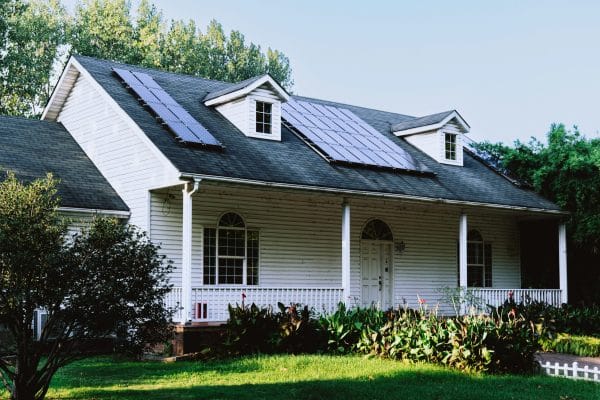Choosing between a new build and an existing property is one of the biggest decisions facing UK homebuyers, as each option comes with its own set of advantages and challenges.
New builds often offer modern designs, energy efficiency, and fewer immediate repairs, while existing properties may have character, established communities, and potentially lower upfront costs.
Buyers must consider factors such as location, budget, and long-term maintenance, and understanding the pros and cons of each choice can help make a more informed decision.
What counts as a new-build or an older home?
A new-build property is one that has just been constructed and never lived in, while an older home has had previous owners and may feature traditional characteristics. New builds typically offer contemporary layouts and modern systems designed to current building standards, whereas existing properties often showcase period features, established character, and architectural details that have developed over decades. The distinction is important, as it affects everything from warranties to mortgage options and potential running costs.
Energy efficiency and bills
New builds generally perform better on energy efficiency metrics, with government statistics showing that 87% of new properties achieved an A or B energy rating in England from April to June 2024, compared to less than 5% of existing properties. This translates into lower heating and electricity bills for homeowners. Older homes may cost more to heat initially if not updated but can be substantially improved through insulation upgrades, new heating systems, and double glazing installations, potentially achieving similar efficiency levels with the right investment.
Price and value
New builds typically command significant price premiums over existing properties in the same area. Recent research indicates that new-build buyers negotiate an average discount of 14% off the asking price, yet prices remain substantially higher than older homes. The premium often reflects modern specifications, warranties, and reduced immediate maintenance needs. Existing properties may offer better long-term value, particularly through renovation or extension projects, as the lower initial purchase price provides more scope for adding value and customising to personal preferences.
Quality and maintenance
New builds usually come with comprehensive 10-year warranties covering structural defects and major systems, providing peace of mind for first-time buyers. However, they can still experience snagging issues such as unfinished work, minor defects, or settling problems during the first year. Older homes typically require far more ongoing maintenance, with potential issues like roof repairs, damp treatment, or outdated plumbing, but often benefit from solid construction methods and quality materials used in earlier decades.
Lifestyle and location
Existing homes often feature larger rooms, more generous gardens, and prime positions in established neighbourhoods with mature infrastructure, local amenities, and transport links. New-build homes tend to offer modern layouts, integrated smart home features, and minimal initial maintenance requirements, though they may be situated in newer developments that are further from established town centres and may lack the community atmosphere of older areas.
The choice between new-build and existing properties ultimately depends on your priorities: whether you value modern convenience and warranties or prefer character, established locations, and potential renovation opportunities.








